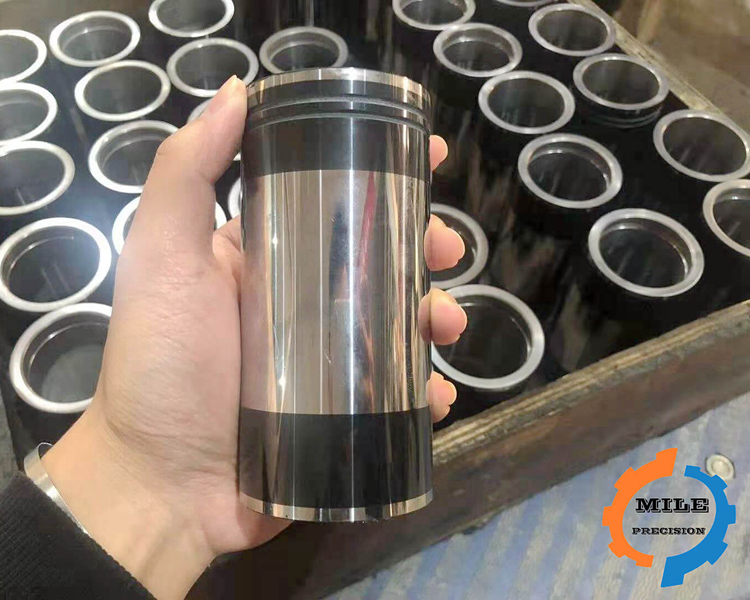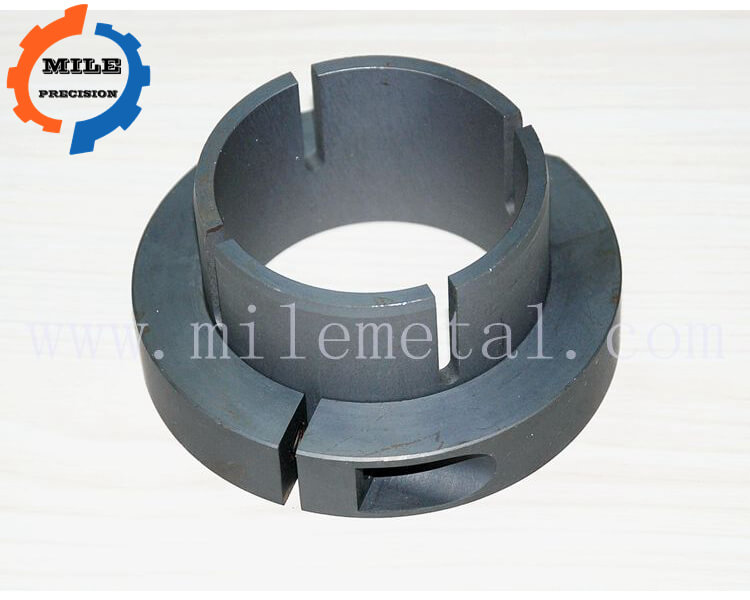Thermal spray technology

QPQ surface treatment introduction
2020-12-21
Carpet pattern mold engraving CNC processing, aluminum sheet machining
2021-02-28Thermal spraying is an emerging process technology, and its appearance has expanded the potential of many thermal spraying processes. The development of thermal spraying is that the surface optimized individually is not the whole. Next, the editor of NINGBO MILE thermal spraying will explain to you the related applications of thermal spraying technology in detail.
Any meltable material can be deposited by thermal spraying, and even those that are not meltable can be co-deposited with other sprayable materials. Through this process, a combination of heterogeneous materials with different characteristics and unique remarkable microstructures with special properties can be created. For example, under the right conditions, metal can be spray deposited on plastic, wood or even paper substrates (alleged 2A). Another example is the co-deposition of aluminum metal and polyester to form a unique composite coating, which can form a soft, air-tight and wear-resistant sealing layer around the compressor blades of a small turbine engine.
For other spraying techniques, such as vapor deposition or electroplating, the deposition rate of thermal spraying is much higher, usually about 2-20kg/h, and even higher speeds can be reached in some special applications.
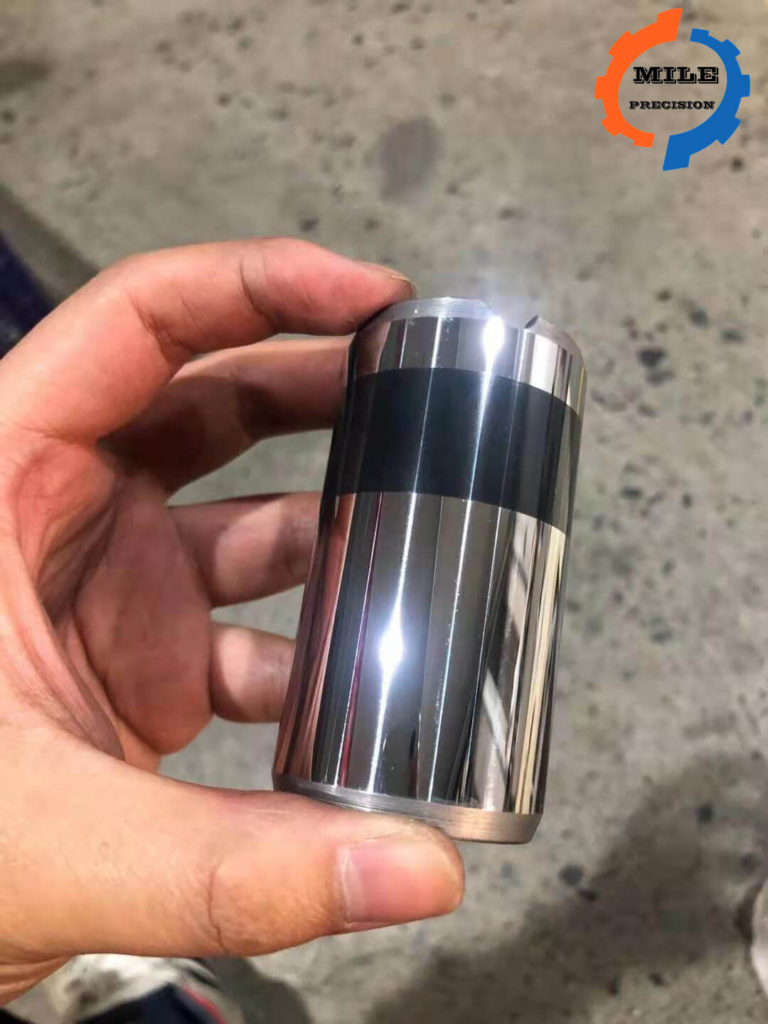
Therefore, it is very cost-effective to spray its useful large area. For example, anti-corrosion coatings sprayed on ship decks, large storage tanks and axial directions, or repaired with a few millimeters thick coating size on the surface of worn, damaged or poorly processed parts.
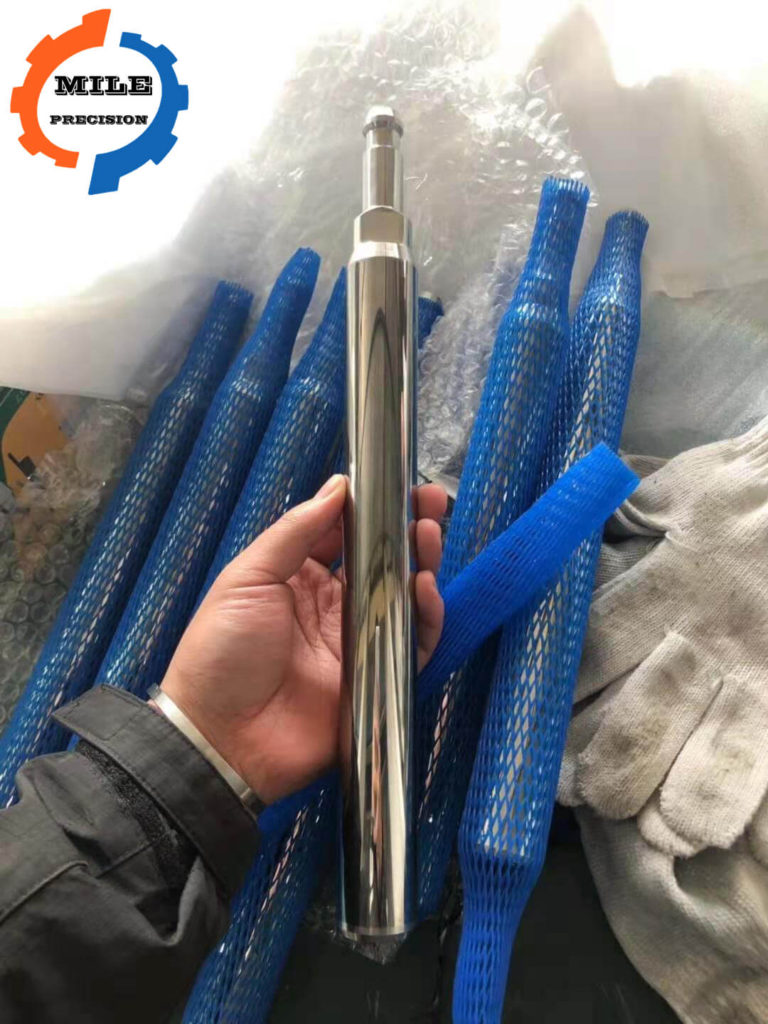
For example, it can be sprayed and formed on the formed bar, and then the bar is removed by mechanical or chemical methods to obtain a part of the desired shape.
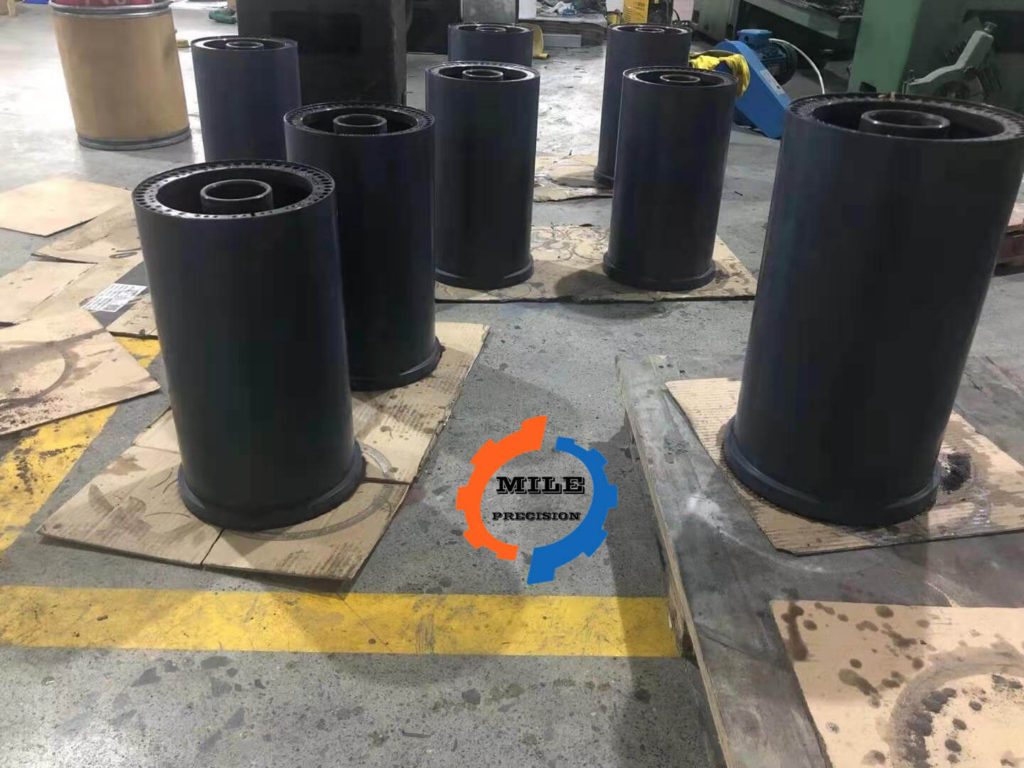
“Thermal spraying” does not mean a simple process, but a wide range of process technologies. They have many similarities, but they also differ in some important aspects. In essence, there is no “best” process technology as a whole. For specific specific applications, other processes are selected to replace the materials to be deposited, operating requirements, cost and other factors.
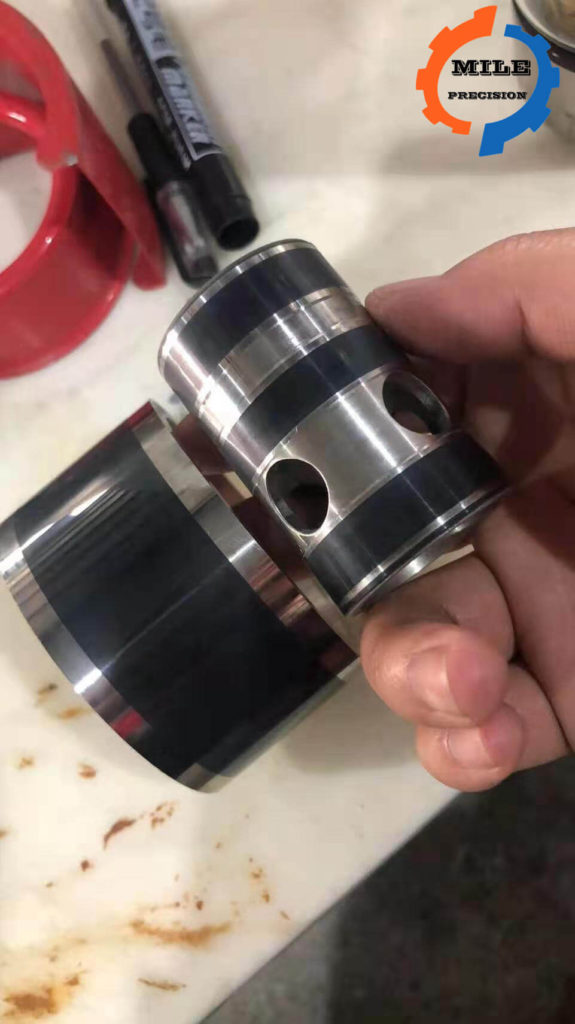
In all traditional thermal spraying processes, the raw material (powder, wire or rod) of the material to be deposited is heated and atomized to form a jet of molten or nearly molten droplets. These droplets, which are usually 10-20 microns in diameter, are accelerated by a high-speed airflow, sprayed on the target surface and solidified rapidly (3A occurs). It is different from the spray painting operation that only forms a thin layer of liquid on the surface of the workpiece. Each droplet of thermal spraying will solidify before the next droplet arrives. This results in a layered microstructure (referred to as 3B) whose properties are very different from traditional forged or cast materials.
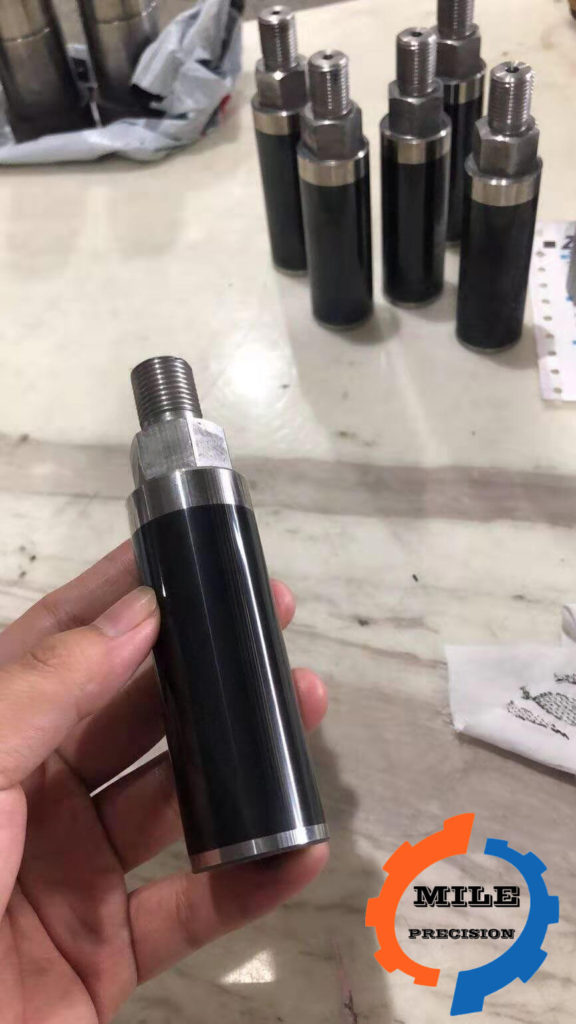
The composite wear-resistant coating is shown in the figure. Two or more different materials can be co-deposited. During the deposition process, the material composition can change to form a mixed, segmented or hierarchical microstructure with special properties.
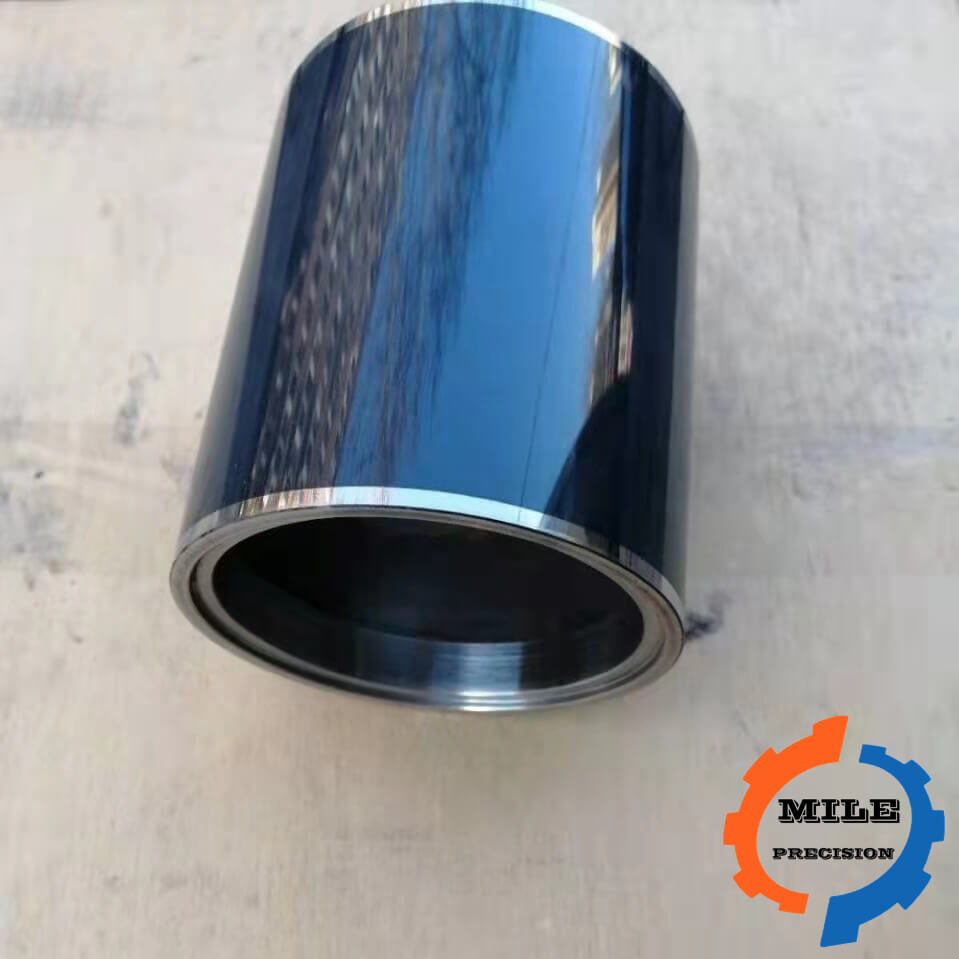
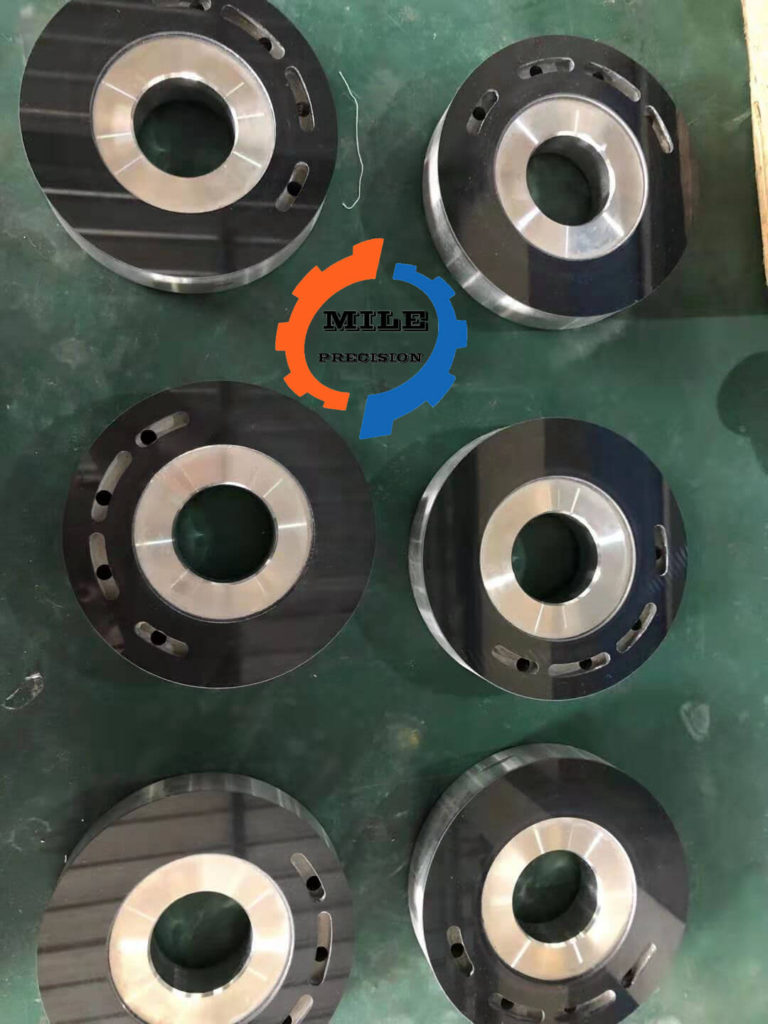
The characteristics and performance of spray coating are affected by many process parameters, such as the quality of raw materials, specific spraying process, gas composition and flow rate, deposition rate, atmospheric environment, coating thickness, surface condition and geometric dimensions of the substrate, substrate temperature and In tandem, the improvement of spraying equipment and operation methods is transmitted, such as the use of optimized spray gun structure, better raw materials, advanced process monitoring system, highly automated closed-loop controller and robot spraying equipment, etc., using the overall spray coating Consistency and quality have greatly improved.
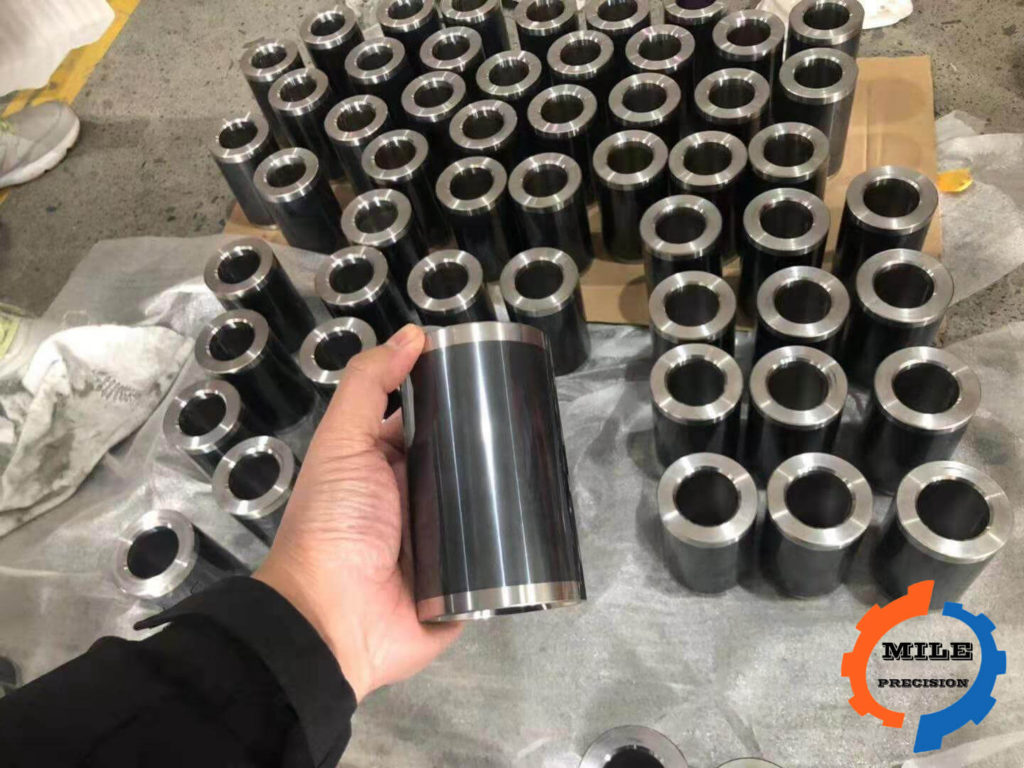
Ceramic spraying, alloy spraying, tungsten carbide hard alloy mirror grinding, hard chromium oxide ceramic surface treatment, high temperature resistance, acid and alkali resistance, corrosion resistance, spray tungsten carbide coating, high hardness and strength.
Supersonic spraying equipment M2! The surface of the 3m roller is sprayed with high corrosion resistant material [Hastelloy]! The binding force is 80-100 MPa, and the alloy is resistant to strong acid, alkali and salt corrosion! Highly corrosive and wear-resistant working conditions such as lithium battery and petroleum. Oil industry valve spraying

